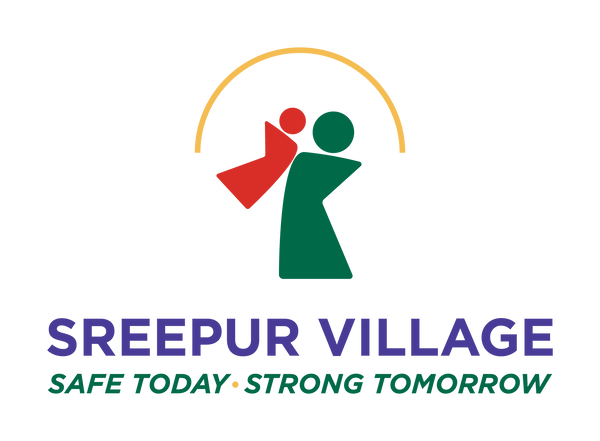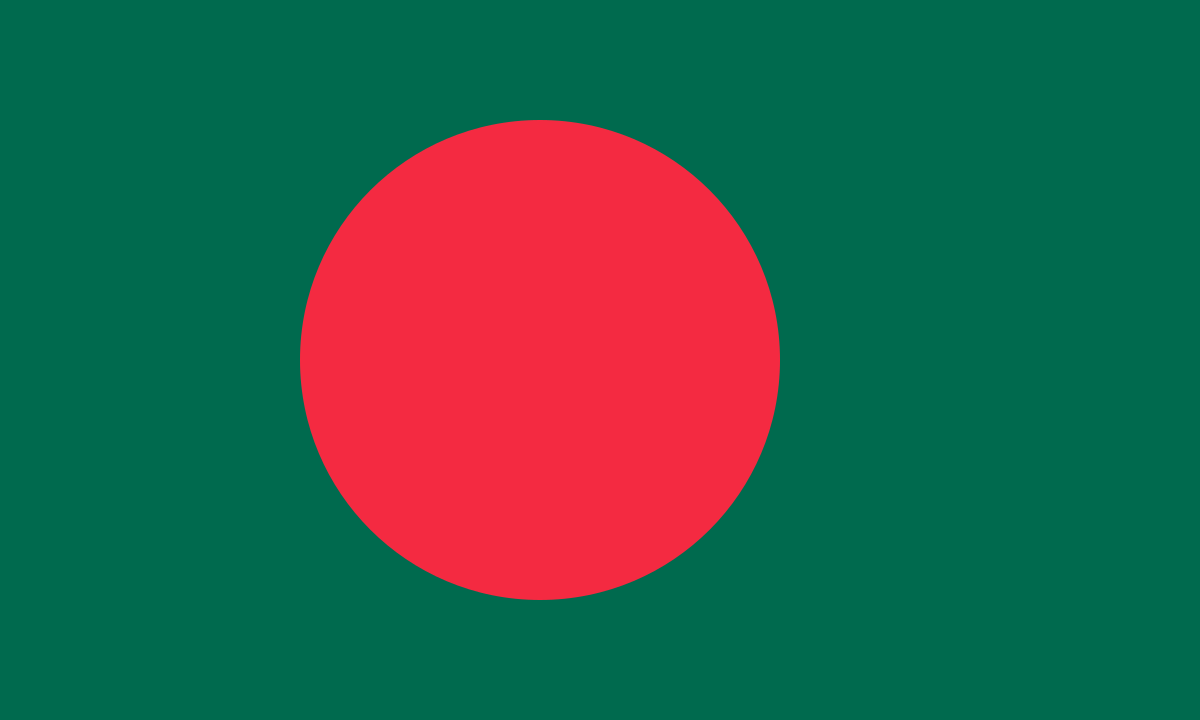
A few facts about Bangladesh
Sreepur Village is a residential home for underprivileged and marginalised single mothers and their children in Bangladesh, near a town called Mawna Bazar, which is approximately 50km north of the capital city Dhaka.
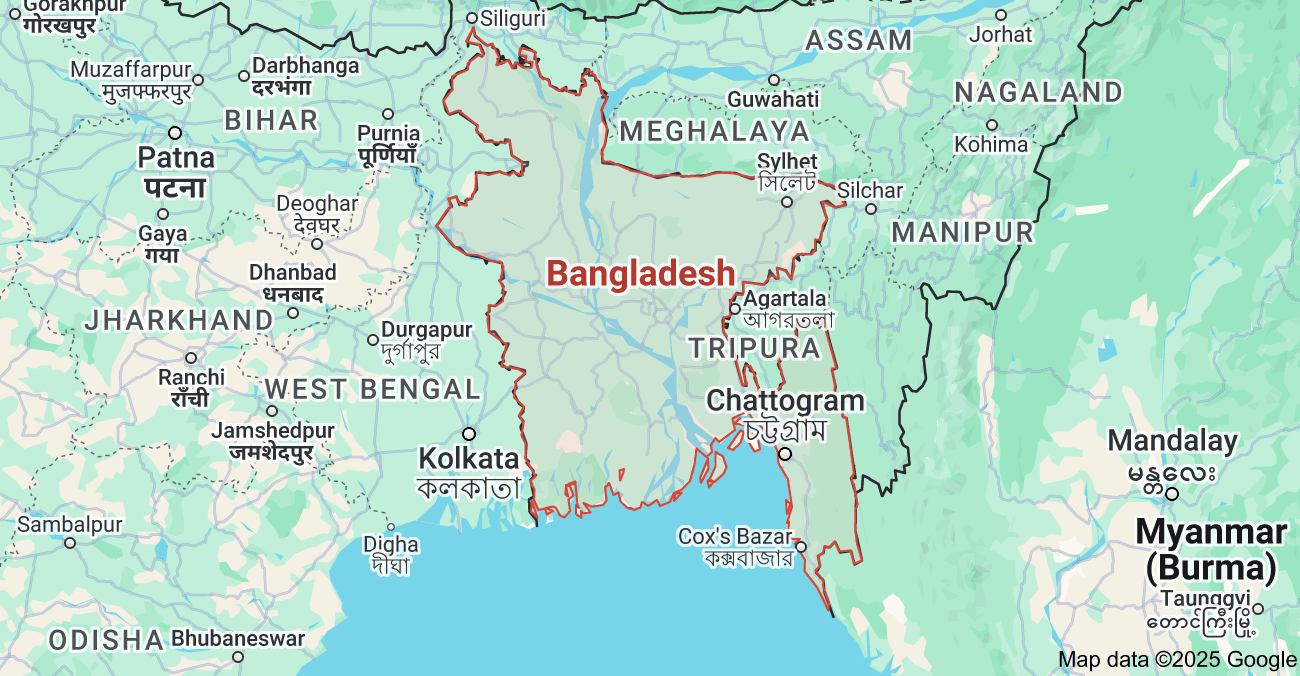
As ‘Desh’ in Bangla means country, Bangla-Desh is literally The Country of Bangla
Bangladesh is a South Asian nation rich in culture, commerce, and community. Its historic struggle against language oppression, marked by the Language Martyrs of 21st of February, led the UN to recognise this date as International Mother Tongue Day. Bengali (Bangla) is the country's primary language.
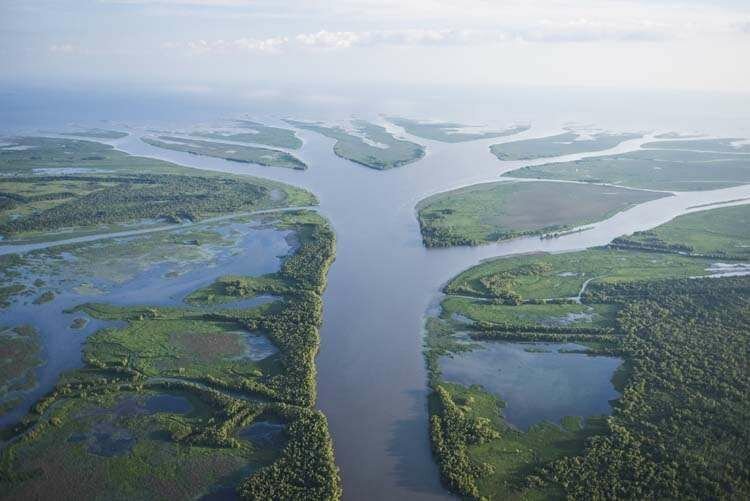
For three months of the year, one third of the country is lost to flooding and rising water
Bangladesh is dominated by river deltas that run into the Bay of Bengal, with 907 rivers crisscrossing the rich fertile flat land (according to Bangladesh Water Development Board). The country is about the size of England and Wales (or the State of New York in the USA).
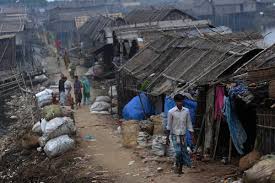
40% of the urban population live in slums
Bangladesh, the 8th most populous nation globally, has about 175 million people and ranks among the world's most densely populated countries. Urban populations are growing, with 70 million urban residents in 2023. Slums with difficult living conditions are common throughout the country.
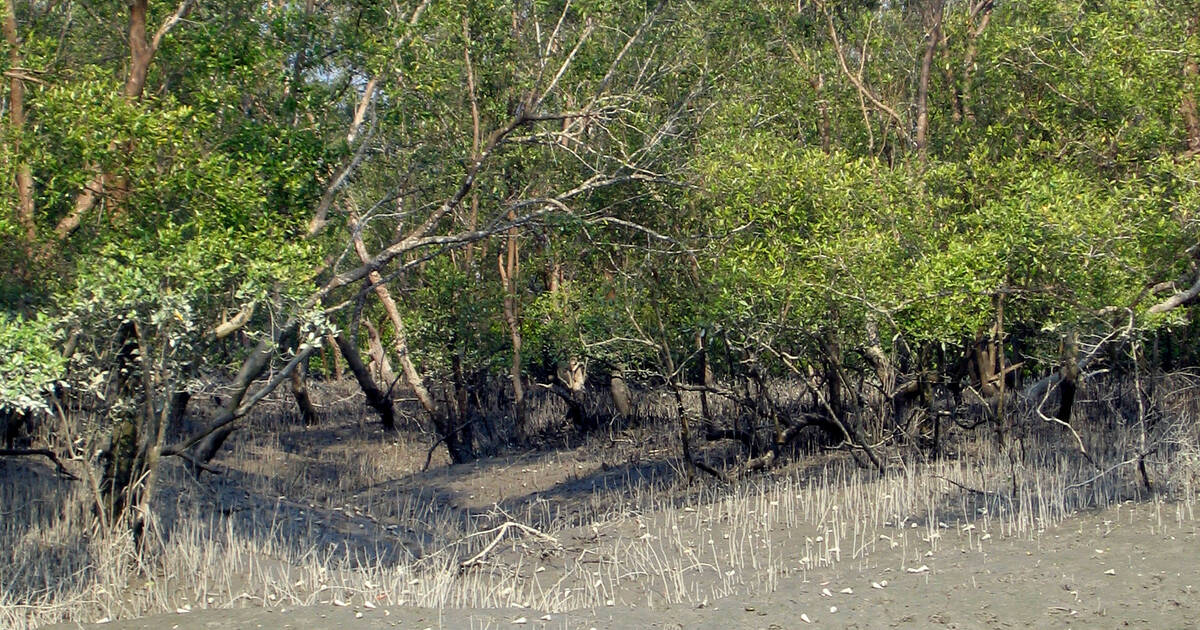
The Sundarbans, the world’s largest mangrove forest is within Bangladesh
Bangladesh, known as the "Green Land," is also called the Land of Six Seasons (Sadartu). These seasons include Grisma (summer, March-May), Barsa (monsoon, June-August), Sarat (autumn, September-October), Hemanta (late autumn, October-November), Shitt (winter, November-February), and Basant (spring, February-March).
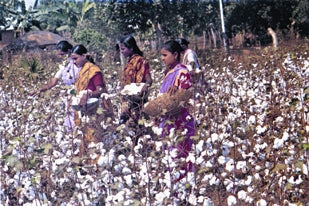
Today Bangladesh is the second largest exporter of textiles and clothing in the world
Bangladesh has supplied materials globally for millennia. Bengal's fine cotton was discovered in Egyptian mummy shrouds from 2000 BC. Roman emperors and Greek politicians reportedly wore Dhaka muslin. The first commercial reference to Indian cotton appears in "The Periplus of the Erythraean Sea" (63 AD).
